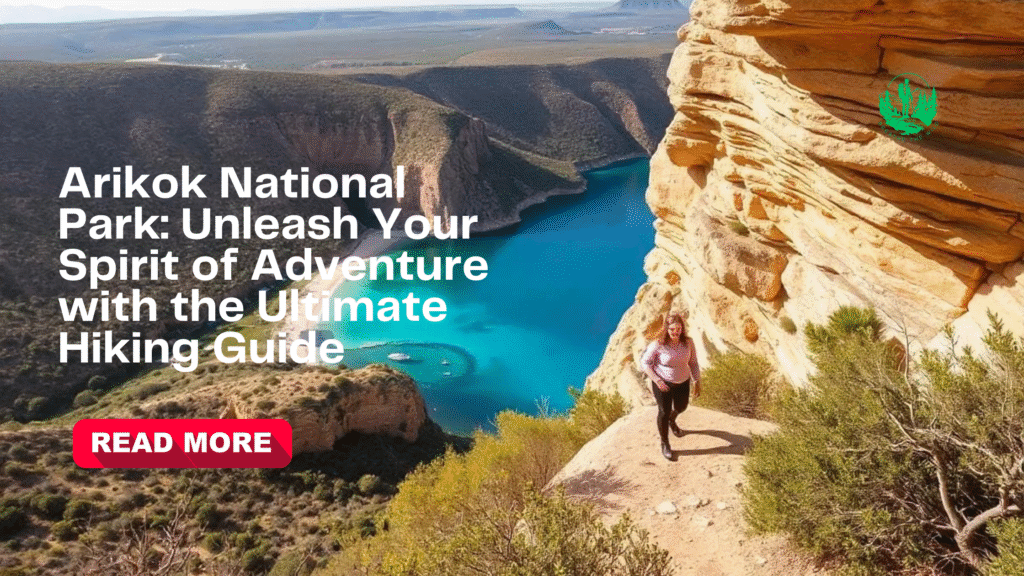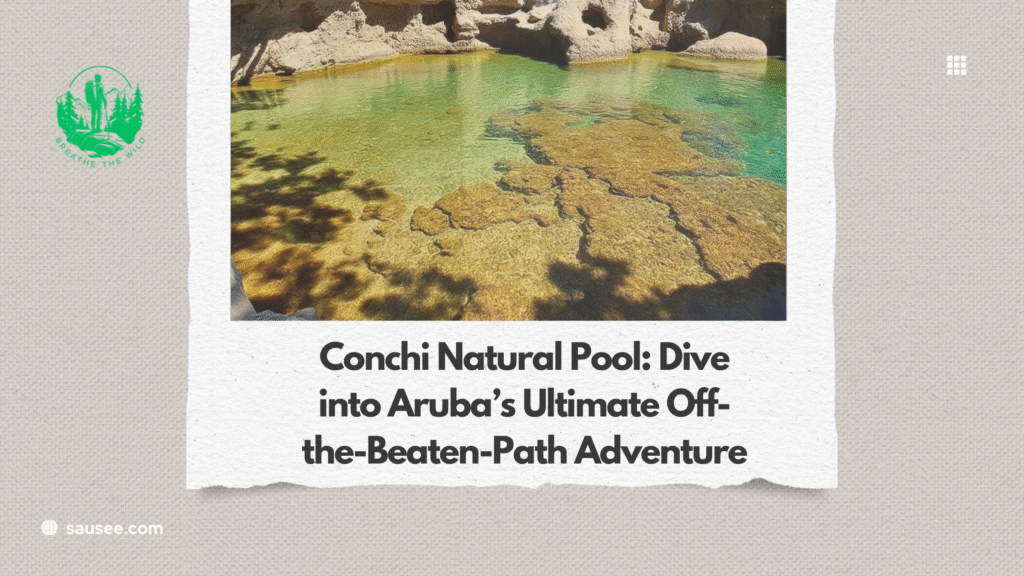Table of Contents
Introduction: Step Into Aruba’s Wild Side
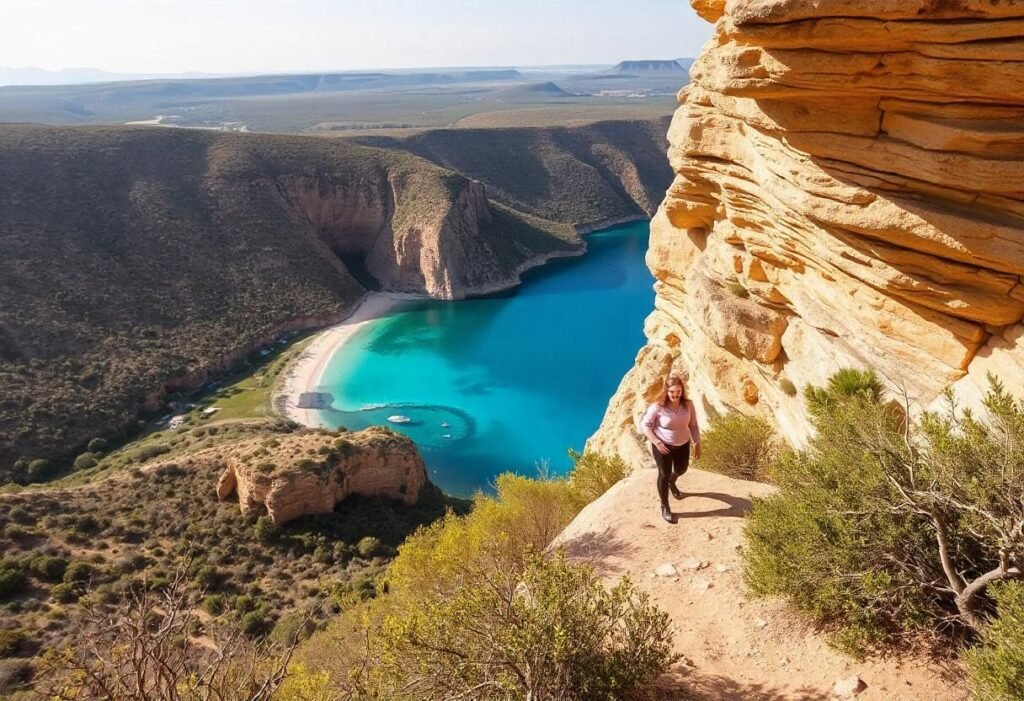
One arrives in the Arikok National Park perched on the eastern beaches of Aruba, anticipating the one he would find a first-rate nature reserve. Nevertheless, this hard-core sun-filled playground of adventure and history is more than just a mere nature park. It is nearly a fifth of its island and comprises oacti as tall as 20 metres, volcanic islands, cave paintings, isolated beaches, and surprising wildlife diversity in this nature park. Arikok offers an unforgettable trip through exploration, regardless of whether you are a seasoned hiker, a nervous adventurer, or a person who needs to connect anew with nature.
In this ultimate guide to hiking in Arikok National Park, we will learn about the best hikes in Arikok National Park, the major sights a person should consider visiting, when is the best time to go in the various seasons of the year, and what one needs to know before he/she make the trip. Willing to explore the landscapes of Aruba on foot through the pristine beauty? Therefore, let us learn about Arikok hiking and discoveries.
Why Arikok National Park Is a Must-Hike Destination
One of the liveliest landscapes of the Caribbean is found in Arikok National Park. It has dramatic landscapes, including rocky desert and virgin seashore; as such, it is a hiker’s heaven. The park is the abode of the highest hills of Aruba, old volcanic rocks, wind-thrilled steep cliffs, and unexplained limestone caves. Nevertheless, the landscape is not the only thing the adventurers can be attracted to since this natural reserve can be described as the bastion of the amazing variety of flora and fauna and centuries of human civilization.
The nature lover will have the choice of rare wildlife such as the Aruban whiptail lizard and burrowing owl, the adventure addicted in general, and photographers in particular will be amazed with the light that will follow the cactus-lined paths, the ocean waves, and the caves of the coast. Arikok is a wild and crude adventure that is indeed memorable not just to those sea lovers of the beach.
Top Hiking Trails in Arikok National Park You Can’t Miss
The Arikok National Park possesses a set of hiking trails that can be pursued by an individual independently of his/her fitness level, whether it is a casual stroll or an exhausting hike. These are the wonderful tracks which any visitor should consider:
- Conchi (Natural Pool) Trail
- One of the most well-known hikes in the park to reach this legendary Natural Pool is utilizing the volcanic rock and sights of the desert that the valley has to offer on the way to this legendary Natural Pool. The round-trip miles are probably either 3.5 miles or 2-3 hours. The reward? A chance to take a swim in a secret tidal pool that is enclosed using lava rocks.
- Cunucu Arikok way
- It’s an accessible hike but one that shows the beauty of the inner Aruba- desert type hills, old rock formations, and the native to Aruba, Clara-divi-divi tree and large cacti. Passers-by who run on its 2.5-mile trail are able to get incredible views and knowledge about the Aruban lifestyle.
- Dos Playa Trail
- This is a coastal walk that can be taken by wildlife enthusiasts. It is a 2-mile round-trip hike that can lead a hiker to Dos Playa, where one also finds a dramatic double beach where sea turtles come to lay their eggs. It is the perfect hiking trail that nobody will forget, as it is a hike with the roar of the crashing waves, limestone cliffs, and the ocean breeze.
What You’ll See Along the Trails
Each hiking tour at the Arikok National Park revives another aspect of the Aruban nature. Inland routes will offer you cactus forest, high mountains of volcanic origin, and plain midst scrubbed with dust. Cornwall is a seaside state, and in turn, beautiful vistas of the limestone, pounding seas, and the deep blue Caribbean waters are best experienced through the coastal roads.
Wildlife is included too. Search to find the brilliantly colored parakeets, darting iguanas, the Aruban whiptail lizard, and even perhaps, the shy burrowing owl. The rainy season turns the desert into a path decorated by the color of growing flowers
Check Out: Conchi Natural Pool: Dive into Aruba’s Ultimate Off-the-Beaten-Path Adventure.
History Beneath Your Feet: Cultural Sites in the Park
Not surprisingly, Arikok National Park is a living Museum of the past of Aruba. Park has some of the sites that are historically and culturally important, which may provide your hike with an extra flair:
- Fontein Cave
- It is a cave built of limestone that contains well-preserved Arawak petroglyphs, a chance of seeing how it was on the Aruba side, without the discovery of Columbus. It is the site to be viewed in case one visits there with curiosity about the local history of indigenous culture and ancient art.
- Guadirikiri Cave
- The rooms that comprise this cave system add to the existing lore as they are illuminated through the medium of light. The fact that this cave system also houses existing colonies of bats adds to the mysticism of this cave system. It was a mythical cave that was supposedly a retreat place of lovers who ran away- a myth that gives the expedition an element of mysticism.
- Old Cunucu Houses and Gold Mining Sites were mentioned.
- The park is rutted with the relics of farms of the colonial era, accompanied by gold mines that have been forgotten. These rubble sketches to us a picture of what agriculture and industry on the island of Aruba were like, and that is why the hikers of the present-day touch the early settlers of the island.
When to Visit: Best Time for Hiking in Arikok
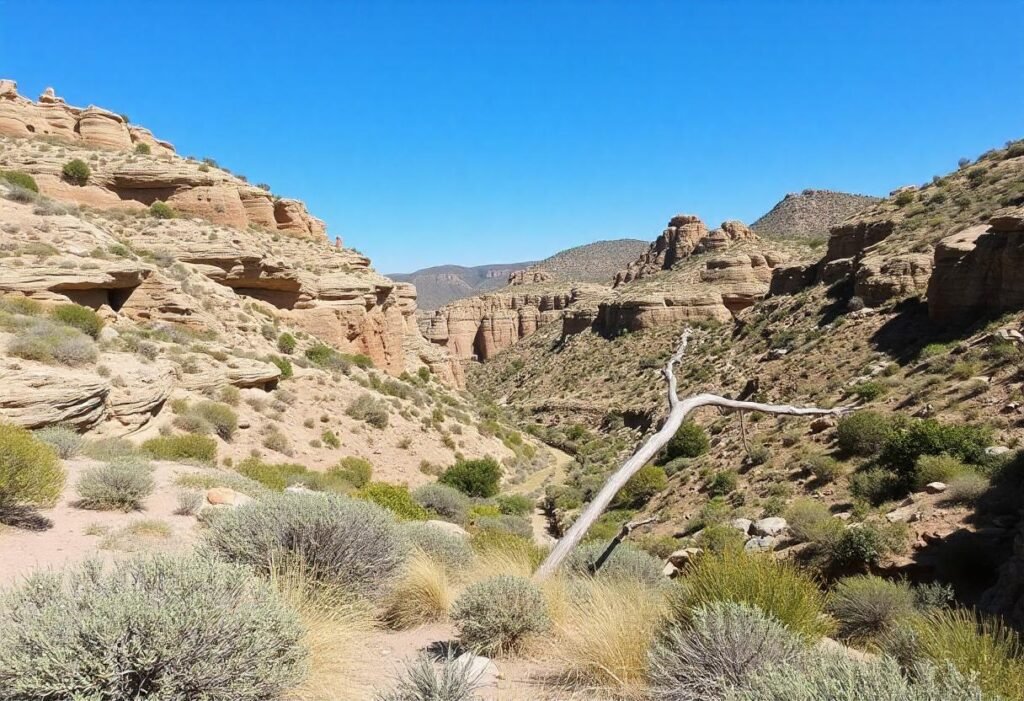
Because of the good climate (dry and sunny) in Aruba, Arikok National Park is visited specifically for an entire year. However, the months of January to August would be ideal months to hike since the level of rain is lowest, thus good conditions on the trails. These are mostly sunny months, and the coastal breeze that accompanies the heat makes it tolerable.
To get the most out of your own hiking procedure, make sure to hit trails first thing in the morning, prior to 8 am or later in the afternoon, say after 3 pm. This is also the time when it is cool, more lights are directed to the photographers, and the environment is more relaxed. Lunch may present sun and heat that may be difficult to deal with, and therefore it will be worth planning according to hot hours between 11 am to 3 pm.
One can also avoid the weekends and the holidays so as to avoid the huge crowd and enjoy some solitude in order to enjoy the natural beauty of the place and the wildlife.
What to Pack for Your Arikok Adventure
There is a necessity to get ready and visit Arikok National Park, so it can be comfortable and safe. Start off with easy stuff:
- Very thick hiking boots that have suction against irregular and rocky uneven surfaces.
- Sun protection: a wide-brimmed hat, sunglasses, and reef-safe sunscreen.
- A reusable water bottle or hydration pack to stay refreshed
A camera/smartphone to photograph the scenic areas, food to help sustain energy on longer trails, and a physical map or downloading a GPS trail app would also be helpful.
Sustainable hiking would mean someone should never leave footprints, including trash, in places that are not designated, and it also should not be done to harass the wildlife. The environment is to be respected in order to be in a position to serve future generations.
Safety Tips for Hiking in Arikok National Park
Arikok National Park is a good park in which nature is maintained, yet brutal. Here is a sense of safe hiking and being smart:
- Know your route: Choose a hike that matches your fitness and past experience and read all signs on the trail, and use a map before you head out on the trail.
- Drink water and rest: Deceptively, Aruba is extremely hot, and one should ensure to take loads of water and rest at shady spots when the opportunity presents itself.
- Disclose your route/path: Especially when you go hiking on your own, ,it is wise to share where you are going and when you are going to be back with someone.
Especially, cell coverage may be a problem in remote areas within the park; therefore, it is a good idea to carry a charged phone and contact numbers that might be of use in case of an emergency situation, along with some basic first-aid supplies.
Beyond Hiking: Other Activities in the Park
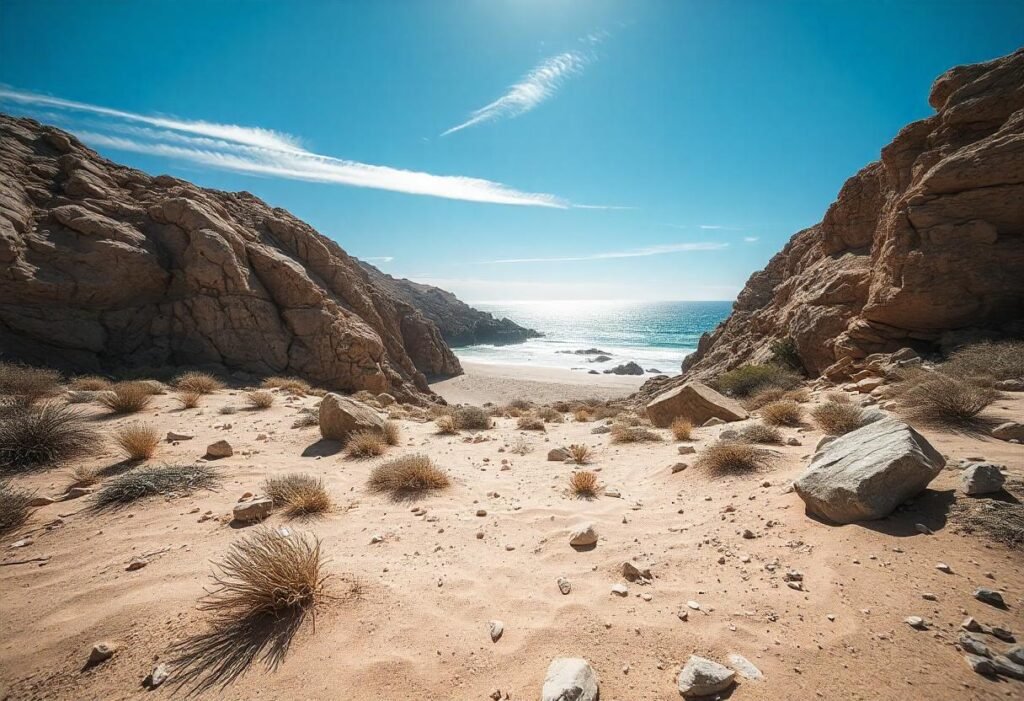
Arikok National Park is more than just a paradise for tikers- it offers a variety of activities that a person can choose and which may be of interest to any spark of exploration. Start with the Visitor Center, which has interactive exhibits regarding geology, the flora and fauna of the park, and a gift shop featuring maps.
Off-roading would perfect the activity because it is the quickest mode of accessing the beaches that are distant and inaccessible, like the Moro Beach and Boca Prins, among others. Aesthetic places provide accessibility to taking snap photographs on the cliffs, picnicking, and even swimming in some areas where the sea permits.
There will be nature watchers, and watching wildlife is nature watching as well, right? See how many native birds, iguana, and even bats you can find in the park caves.
Conclusion: Embrace the Wild Spirit of Arikok National Park
One cannot speak of Arikok National Park as a hiking park but rather as a landscape of wonder in a natural museum of beauty, culture, and desert-meets-coast wonder in Aruba. Be it rugged landscape or ancient petroglyphs, spectacular views, and moments of tranquility in nature, the park provides every adventurer with a sample of Aruba beyond the beach.
Arikok can either be a destination to admire the hardest patron hiker, a history enthusiast, or a nature or camera-possessed paradise prophet. Bring your gear, save the nature, and head off to explore the most real sights that Aruba can present. Arikok National Park offers you an island hike you never suspected before.
For more info: Click Here.
Frequently Asked Questions (FAQs)
Is there a fee to get to Arikok National Park?
Yes – an entrance fee is to enter the park (around 15-ish dollars for an adult), which is collected to fund conservation and repairs.
Do trail trails accommodate beginners?
There really are a lot of trails in Arikok. Some are straightforward, panoramic-like in the Cunucu Arikok Trail, and some require more effort and orientation of direction, like the trek to Conchi (Natural Pool).
At what time of the day is it best to go hiking?
Cooler air and soft light, which one can utilize in taking photos, can be found in mornings and late afternoons. He or she should avoid doing this in the middle of the day due to exposure to heat.

